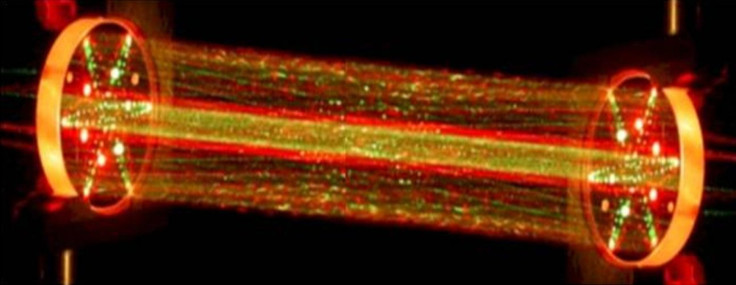NASA’s Curiosity Does Not Find Methane On Mars, Contrary To Previous Report
There’s a bit of a Mars methane mystery after NASA’s Curiosity has detected no methane on the Red Planet. Previous reports from the scientific community had detected the presence of the gas in the atmosphere of Mars, but the new data from Curiosity may complicate the search for life there.

According to NASA, the rover performed several tests to detect the presence of methane in Mars’ atmosphere, from October 2012 until June 2013, using the onboard Tunable Laser Spectrometer, which can detect trace levels of methane. Curiosity did not detect any methane on Mars, which caused researchers to revise previously estimated amounts of methane that would be found on the planet. NASA now estimates the amount of methane in the Martian atmosphere is around 1.3 parts per billion, a sixth of what was previously believed. The research was published in the journal Science Express.
NASA is confident about its finding, saying it searched over two seasons to no avail. The lack of methane on Mars is a blow to the search for life on the planet as the previous estimate, of 45 parts billion, might have indicated a biological source for the gas.
The previous estimates were made from Earth, and according to co-author Sushil Atreya, from the University of Michigan, Ann Arbor, there is no way methane disappeared overnight as the gas can last for hundreds of years in the atmosphere. “Without a way to take it out of the atmosphere quicker, our measurements indicate there cannot be much methane being put into the atmosphere by any mechanism, whether biology, geology, or by ultraviolet degradation of organics delivered by the fall of meteorites or interplanetary dust particles,” said Atreya.
Based on the new Curiosity data, Atreya estimates between 10 and 20 million tons of methane entering the Martian atmosphere. That would be around 50 million times less than the amount of methane entering Earth’s atmosphere, reports NASA.
Methane is an important gas in the search for life in space. Saturn’s moon Titan has high levels of methane, an encouraging sign of life. Certain areas of Titan are believed to be ice volcanoes that produce methane. Anezina Solomonido, from the Observatoire de Paris and National and Kapodistrian University of Athens, who presented the research at the European Planetary Science Congress 2013, said, “These results have important implications for Titan’s potential to support life as these cryovolcanic areas might contain environments that could harbor conditions favorable for life.”
According to Michael Meyer, NASA's lead scientist for Mars exploration, the discovery by Curiosity seems to rule out methane-produce microbes, but Mars may still hold life. Meyer said in a statement, "It reduces the probability of current methane-producing Martian microbes, but this addresses only one type of microbial metabolism. As we know, there are many types of terrestrial microbes that don't generate methane."
© Copyright IBTimes 2024. All rights reserved.






















